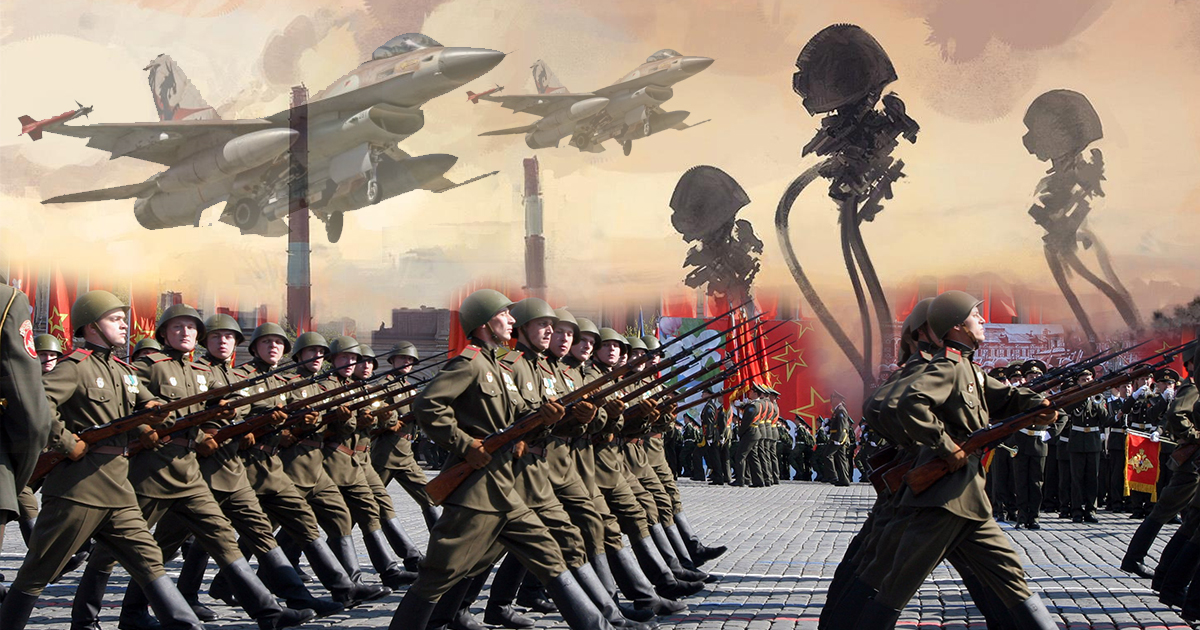

This justified pursuing weaponry that could, in theory, take out the other side before it could retaliate. This happened not because they wanted to engage in actual nuclear warfare, but because of the threat that the other could “escape” mutually assured destruction, fight back, and win. The article argues that despite possessing a nuclear arsenal that guaranteed “mutually assured destruction,” both the United States and the Soviet Union engaged in a costly arms race that attempted to outmaneuver the other with more numerous and powerful warheads, delivered with more precise and faster missiles.

The basic point was to debunk the theory of “mutually assured destruction” that is often used to explain why the Cold War remained cold and did not result in a nuclear holocaust.

With tensions at an all-time high between the United States and North Korea, the New York Times headlined its recent digital newsletter with Lies Your High School History Teacher Told You About Nukes.


 0 kommentar(er)
0 kommentar(er)
